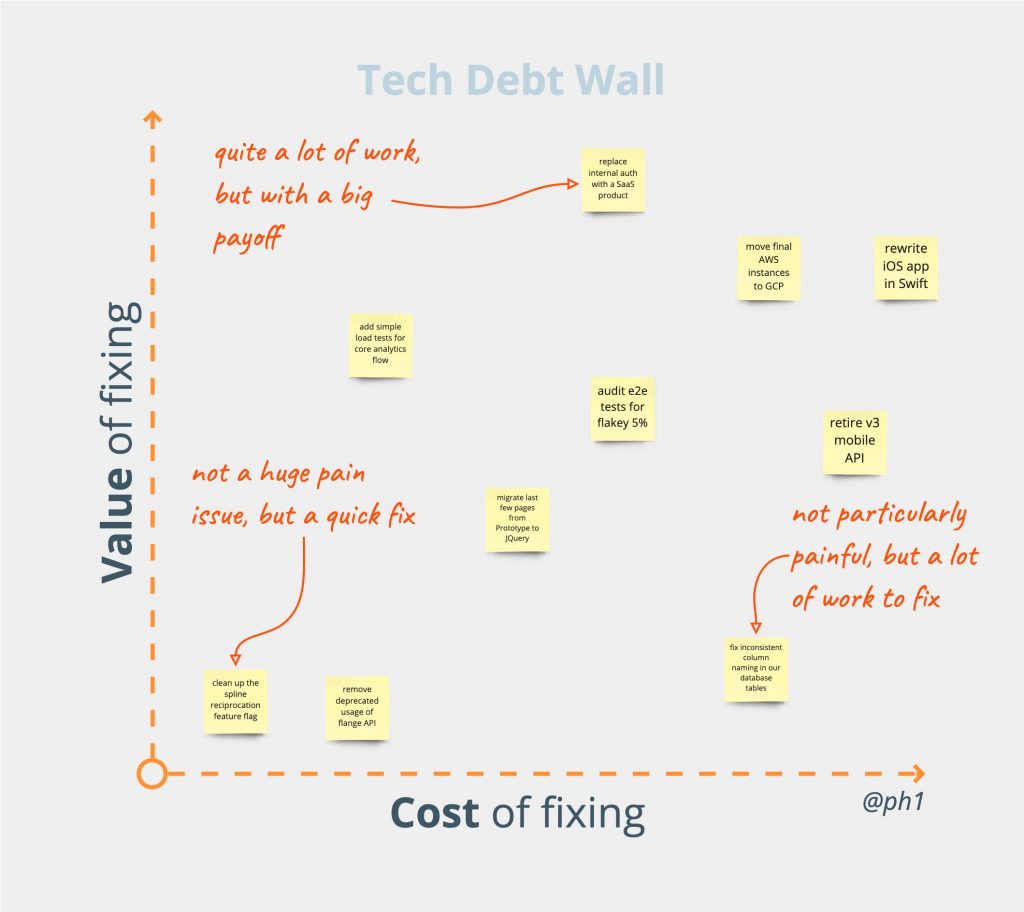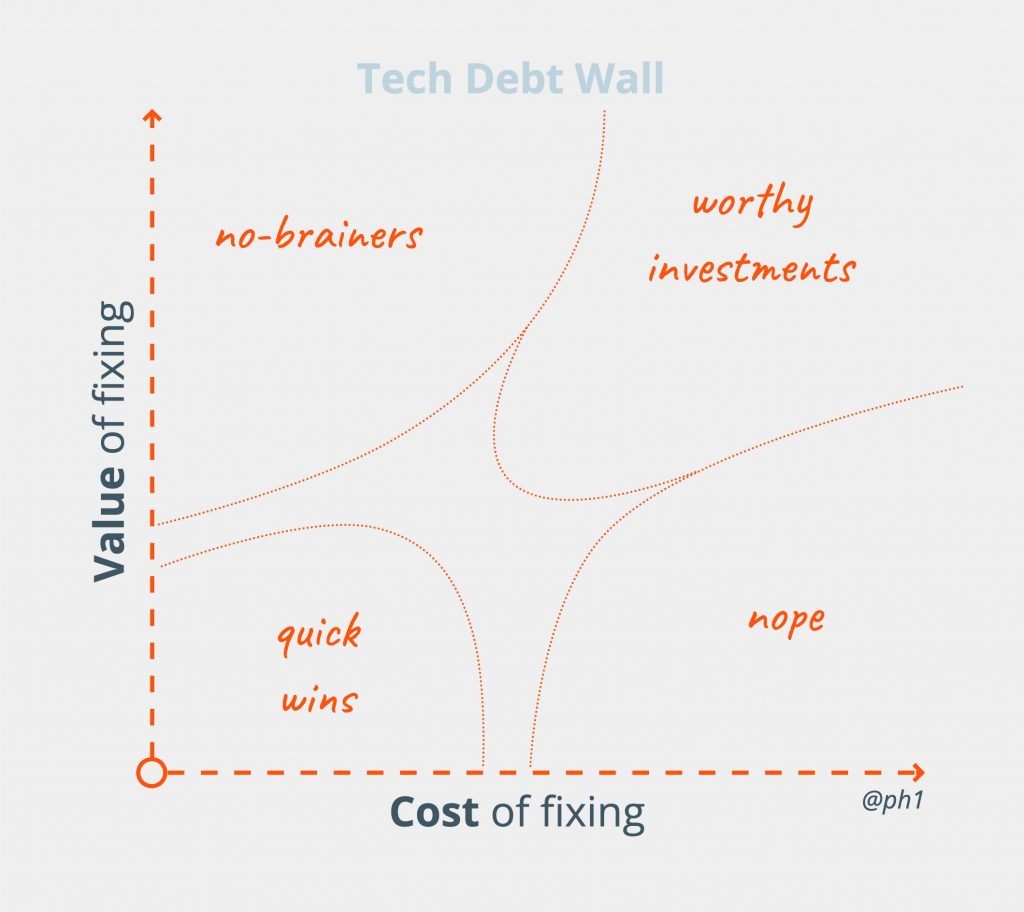Game of the week – Santas Workshop (Game of circles)
In this virtual agile game, we bring agile to life through simulating sprints, retrospectives, planning & team collaboration
When to use this game?
– Would you like to introduce agile ways of working to a new team? – Would you like to remind existing teams about some of the core principles of agility? – Would you just like to have a bit of festive fun with your team?
Play this game with your teams or those within your company to show them in a very tangible way, how it feels to iterate, inspect & adapt, and work together.
Agile Games And Exercises List
- TastyCupcakes.org – Fuel for Invention and Learning
- Conteneo Inc. – Prioritization Without Politics™
- 35 – Gamestorming
- White Elephant Sizing « TastyCupcakes.org
- InfoQ: Agile Games for Learning
- Trifork Agile Excellence: Exercise Introducing Story Maps
- XP Game « Agile Belgium
- Red Bead Experiment Video and Materials « Lean and Kanban
- Customer’s Run: Iteration Planning
- Agile Airplane Game | Gist Labs
- Learning Scrum through the Ball Point Game | Declan Whelan
- Alistair.Cockburn.us | Elephant Carpaccio exercise
- Innovation Games | Serious Games for Business
- TastyCupcakes.org
- getKanban.com
- agile42 | Kanban-Pizza-Game
- Play the Scrum Simulation (based on XPGame) for Great Learning
- (99+) AgileGames – Google Groups
- Fun Retrospectives
Copied the above list from: https://www.agilesparks.com/resources/topicsubject-reading-lists/agile-games-and-exercises-list/ 😇
When are SMART goals not-so-smart?
Interesting read from Kurt Bittner which may help you in preparing for the EBM exam 🙂
https://www.scrum.org/resources/blog/when-are-smart-goals-not-so-smart
Tech Debt Walls

Every codebase carries some amount of technical debt. Every team would like to get better at managing that tech debt.
The first step in managing something is making it visible. A tech debt wall is a simple, effective way to make tech debt visible.
Pete Hodgson wrote a nice article about Tech Debt Walls which can be found here: https://blog.thepete.net/blog/2020/12/01/tech-debt-walls/

Xebia Academy Video Trainings
Watch the 2020 Webinar week videos here: https://community.xebia.academy/all-courses
8 Sprint Retrospective Games for Remote & Hybrid Teams
A Christmas Retro 🎅🎄
I received the following format via the https://retromat.org/ newsletter:
Emoticon Project Gauge (#32) goes Christmas
10 min | Source: Andrew CiccarelliSearch and print images of Santa looking
• shocked / surprised
• nervous / stressed
• unempowered / constrained • confused
• happy
• mad
• overwhelmed
Let each team member choose which Santa reflects how they feel about the iteration. They can also give a short reason, if they want to.
Letter to Santa
20 min | Source: Corinna BaldaufHand out pens and paper. Give the team members 10 minutes to write a letter to Santa Claus making one big wish for the team. When everyone is done, go around the circle and read out the letters. Are there common themes? The following activity will work better if several participants make the same wish.
Wish granted (#50)
15-20 minutes | Source: Lydia Grawunder & Sebastian NachtigallGive participants 2 minutes to silently ponder the following question: ‘Santa grants your wish and it comes true overnight. You come to work the next morning. How can you tell that Santa granted your wish? What is different now?’ Let everyone describe their ‘Wish granted’-workplace. Participants with the same wish can imagine and describe together. (You need breakout rooms for this in a remote setting.)
The more details people describe the more tangible and desirable this future becomes. Keep asking people what they will see, hear, smell, how they’ll behave, … It will lead to better action items.
Be the elf you wish to see in the world
15-20 min | Source Corinna BaldaufAlas, we all know that Santa Claus isn’t real. Invite the team to be their own Christmas elves. What can they do to turn their wishful future into reality. How can they get one step closer? If there are many suggestions, dotvote which action items the team is going to implement.
Emoticon Project Gauge (#32) goes Christmas – again
5 min | source: Andrew CiccarelliReuse the Santa faces from the beginning. This time ask which Santa reflects how they feel about the retrospective.
If you can, spend some more time in each other’s company. Maybe your organization sent out Christmas packages and you can all share the same cookies or drink the same punch together?
inspired by Santa faces.
Donkey Kong Retrospective

Today I had another simple and fun retro, this time I themed it using the classic Donkey Kong/Mario.
Here are the steps in which I facilitated it:
- I invited everyone to open the whiteboard. While everybody was doing so, a nice discussion started about the game itself (old donkey kong) and what everybody’s first gaming experience was (gameboy, amiga, sega, nes, etc). So I gave it a couple of minutes to set the mood.
- people started playing on the board by moving mario and the flames/barrels 😂 (tip, make sure to lock the level-background, via right click)
- I invited everyone to take about 10 minutes to come up with items for all of the questions and stick them on the board
- To signal the timebox was almost over, I started this tune in the background: https://www.youtube.com/watch?v=cttPiwzcKnc
- together we walked the board, whenever we identified improvements I already summarized them on stickies and moved those to the last section.
- during the “What obstacles did we overcome?” section, I added an additional question “what did we learn from this”, this helped us identify some additional improvements we could make
- I closed the session by asking anyone to recommend a game which we could play as a team together next week, and ended up scheduling a lunch session to play Among Us together
I stole the idea from here 😇: https://medium.com/@dougidle/the-donkey-kong-sprint-retrospective-983b4ae3bb42
The Donkey Kong sprint retrospective
How to create a donkey kong themed retro can be found here: https://medium.com/@dougidle/the-donkey-kong-sprint-retrospective-983b4ae3bb42
